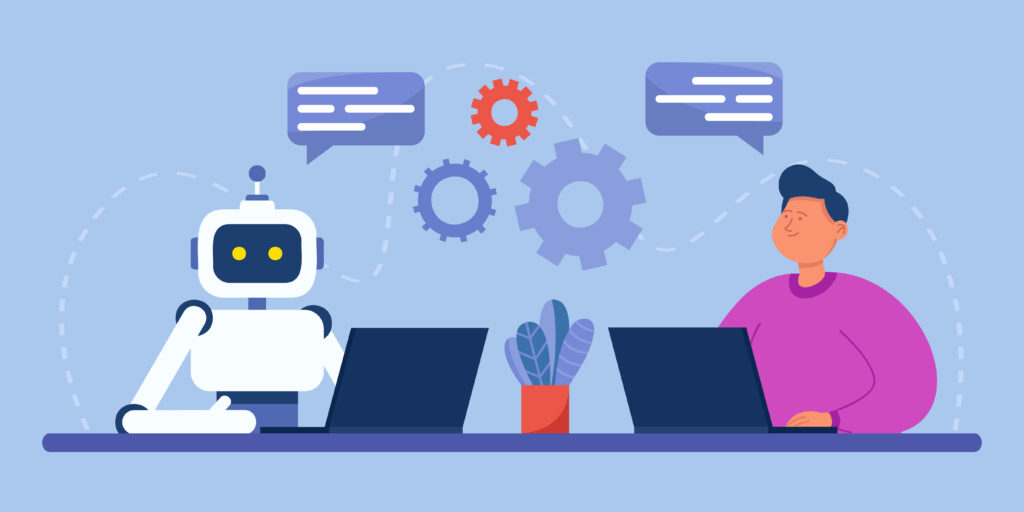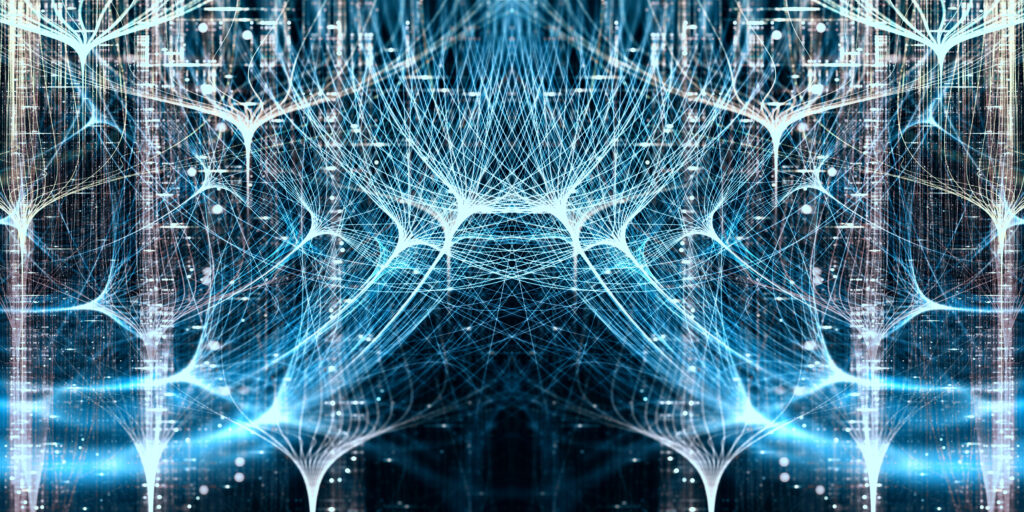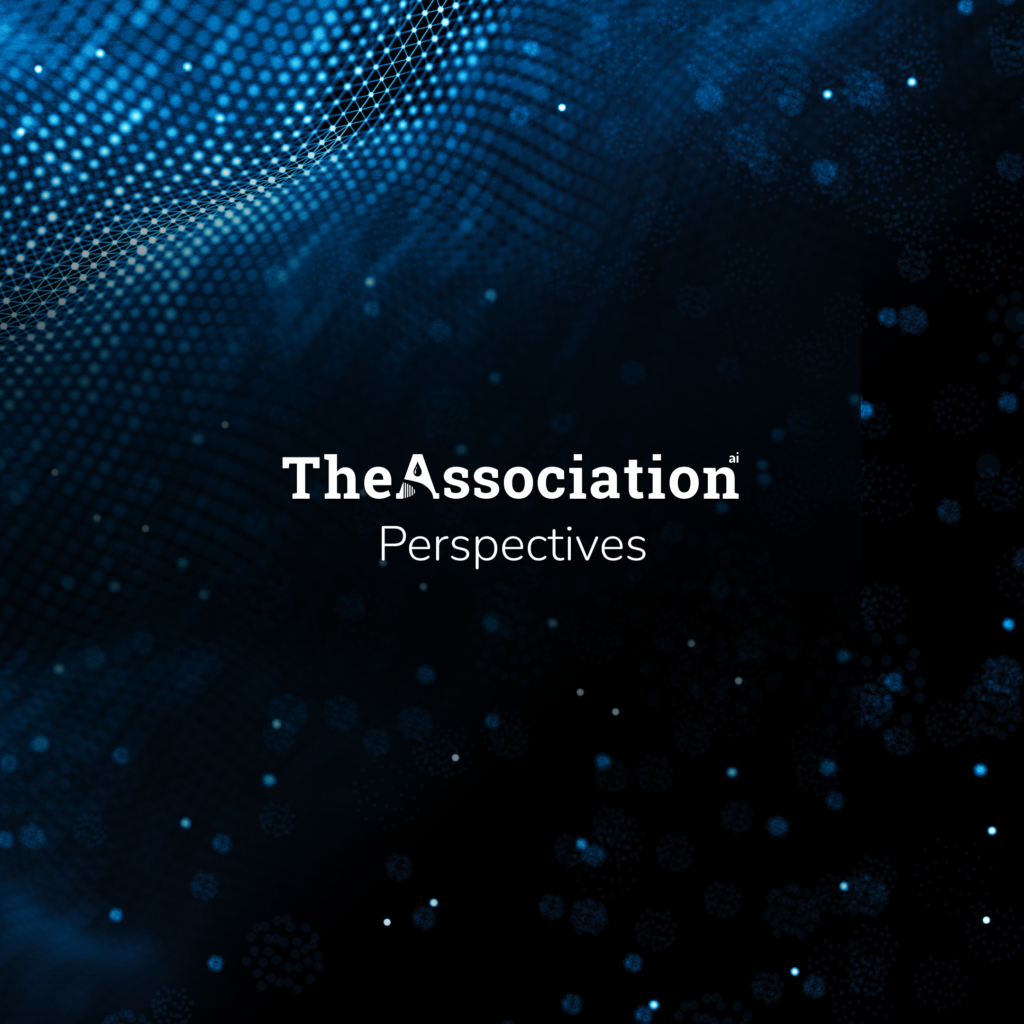
Demystifying AI: Lifting the Hood on Machine Learning
Last month, I scratched the surface of how Artificial Intelligence is showing up in our collective psyche and how business leaders can think about their marketing strategies in a human-centric way. McKinsey defined AI as the simulation of human intelligence processes by machines, especially computer systems. An expansion of that definition is that AI creatively solves problems at a higher rate and with a higher degree of accuracy given the data set than humans.
Now, let’s explore the many ways that AI is used. AI, at its core, is multi-faceted and complex, and its applications are far-reaching. Here are some common examples:
- Machine Learning (algorithms that learn from data)
- Natural Language Processing (used to understand and process human language)
- Robotics (design, construction, and operations)
- Expert Systems (mimic human experts’ reasoning and decision-making)
You may recognize some of these and understand how they are used.
My favorite so far is Machine Learning, or ML, mainly because I have actually used it. I built sales programming using ML at both Microsoft and AWS, that improved productivity and sped up readiness. ML is the process of using mathematical models of data to help a computer learn without direct instruction. This enables a computer system to continue learning and improving based on experience. On the flip side, if you have an incredible algorithm with a strong data set that encompasses all possible answers to questions, you may not be using AI.
What is and isn’t AI?
-
A chatbot that has been given answers to the most common questions, and sends consumers back into the void if their questions don’t line up with the bot’s data = Not AI
-
A chatbot that has been given answers to the most common questions, and was then trained to design answers on its own = AI.
When using tech like ML, you need to put effort behind actually training it. The effort and time associated with this right now is high, and that is likely to lessen with time. Next month we will explore Robotics and Expert Systems with examples of how they are being used today, and a view into their future uses.





